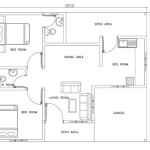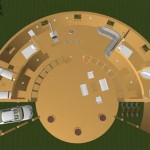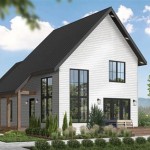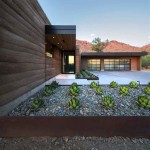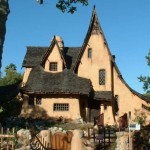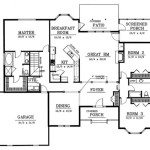Essential Aspects of Compressed Earth Block Home Plans
Compressed Earth Block (CEB) homes offer a sustainable, cost-effective, and energy-efficient solution for modern living. Understanding the essential aspects of CEB home plans is crucial to ensure a successful and comfortable build. Here are key elements to consider:
1. Site Selection and Soil Tests
Site selection is paramount for CEB homes. Choose a well-drained site with stable soil conditions. Soil tests are essential to determine the suitability of the soil for CEB production and to guide block design. Ensure the soil has sufficient clay and silt content for optimal block strength and durability.
2. Block Production Design
The design of CEB blocks greatly influences the structural integrity and performance of the home. Consider factors such as block shape, size, and density. Smaller blocks provide greater flexibility in design, while larger blocks offer structural advantages. The density of blocks impacts their load-bearing capacity and insulation properties.
3. Foundation and Wall Construction
A reinforced concrete foundation is typically used for CEB homes to provide a solid base and moisture protection. The foundation should be wider than the walls to distribute loads evenly. Walls are built by stacking CEB blocks and interconnecting them with mortar or dry stacking techniques. Ensure proper reinforcement and bracing during construction to maintain structural stability.
4. Roof Structure
CEB homes can accommodate various roof structures. Popular options include pitched roofs, flat roofs, and green roofs. The roof design should complement the design of the home and provide adequate weather protection. Lightweight roofing materials are preferred to minimize loads on the walls.
5. Interior Design and Finishes
The interior of CEB homes offers a blank canvas for customization. Walls can be plastered, painted, or exposed to enhance their natural texture. Flooring options include tiles, wood, or bamboo. CEB homes provide excellent sound insulation, creating a quiet and comfortable indoor environment.
6. Electrical and Plumbing Systems
CEB walls offer concealed areas for electrical and plumbing systems. Wiring and piping can be embedded within the walls, ensuring a clean and organized appearance. Proper insulation and ventilation should be considered to prevent moisture buildup and maintain a comfortable indoor environment.
7. Sustainability and Energy Efficiency
CEB homes contribute to sustainability by utilizing earth as the primary building material. They possess excellent thermal mass, which helps regulate indoor temperatures and reduce energy consumption. Passive solar designs can further enhance energy efficiency by maximizing natural sunlight.
Conclusion
Compressed Earth Block home plans offer a unique and sustainable approach to home construction. By understanding the essential aspects of site selection, block design, wall construction, roof structure, interior design, systems integration, and sustainability, architects and homeowners can create durable, energy-efficient, and eco-conscious living spaces.

Austin S Cool House Tour Features Refined Compressed Earth Block Nanawall

Compressed Earth Block Homes Building Plans Designs

The Runges Earth Block Eco Ranch

Solar Adobe House Plan 1576 Affordable Solaradobe Plans

Compressed Earth Block Homes Building Plans Designs

Compressed Earth Blocks Manual Of Design And Construction Architecture For Housing

Green Home Building Rammed Earth

Solar Adobe House Plan 1576 Affordable Solaradobe Plans

Compressed Earth Blocks And A Vaulted Roof Complete Intermediate House In Paraguay

Rammed Earth Creating A 500 Year House Fine Homebuilding

